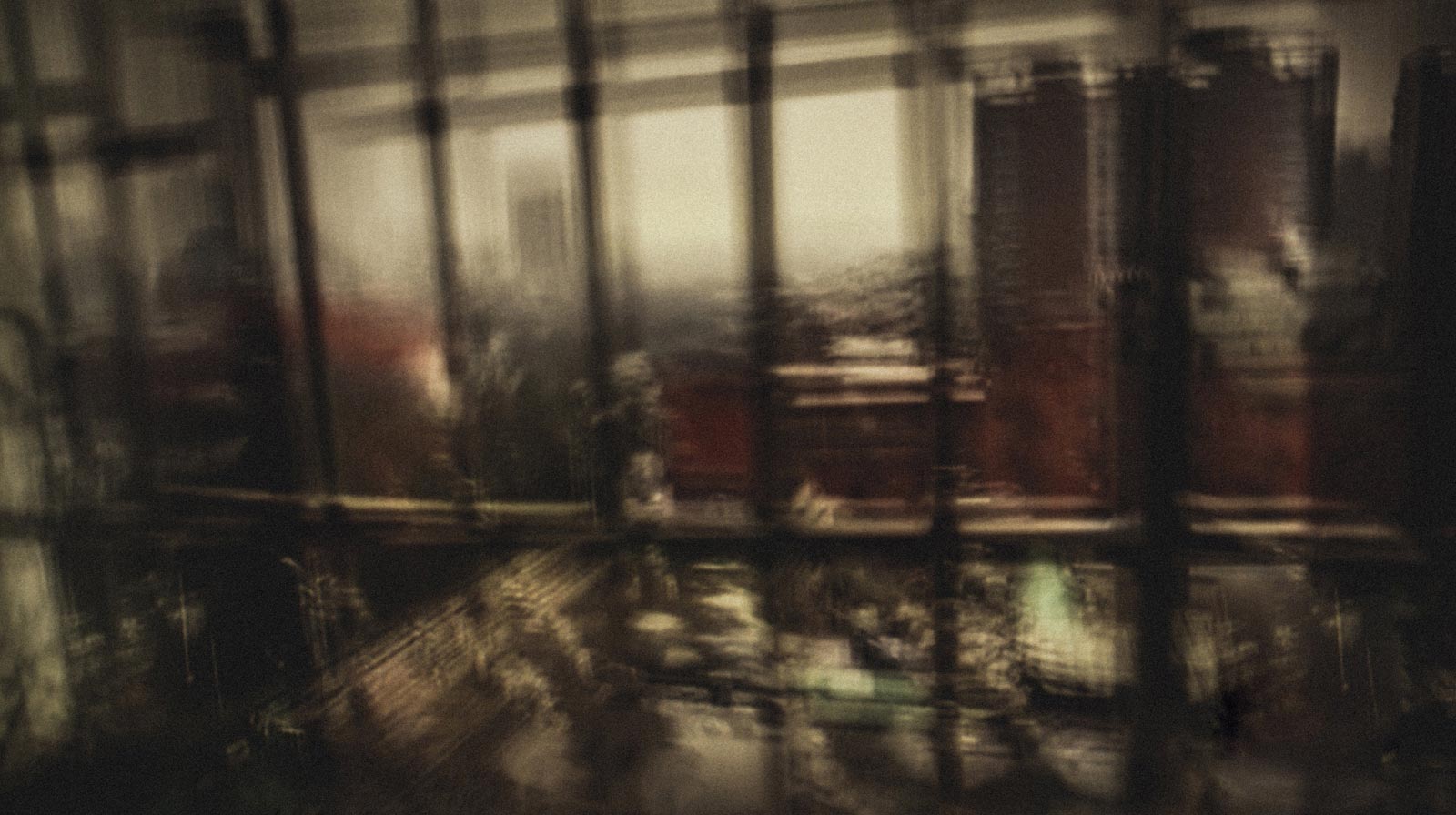The present state of architecture can only be preserved as a practice of utmost importance if we assume a rearguard position. By doing so, I deliberately distance myself from the Enlightenment’s idealization of progress and a reactionary and unrealistic desire to return to pre-industrial architectural forms. The concept of a critical rear, which I fervently embrace, compels me to reject both the sophistication of advanced technology and the prevalent tendency to resort to a nostalgic or superficially ornamental historicism.
To fully comprehend the meaning of the term “rearguard” and avoid any misunderstandings, it is necessary to distinguish its critical scope from certain conservative policies, such as populism or sentimental regionalism, with which it is frequently associated. My passionate advocacy for the architectural rearguard is not aligned with these ideologies; it transcends mere preservationism and emotional attachments to a particular location. Instead, it adopts a critical stance that negotiates the complex dynamics of our contemporary society and its architectural imperatives.
As a critical rearguard, architecture embraces a nuanced understanding of history and progress, transcending the dichotomy between unquestioning faith in technological progress and futile longing for an idealized past. It recognizes that progress is not an unwavering march toward perfection, but rather a multifaceted, ever-evolving process shaped by a multitude of cultural, social, and environmental factors.
My perspective is that adopting a critical rearguard position requires perpetual self-reflection and an openness to novel ideas. It requires an awareness of the limitations and potential pitfalls inherent to both progress-driven strategies and romanticized conceptions of the past. As an artist, I firmly believe that it is essential to interrogate dominant narratives, challenge dominant assumptions, and maintain a constant dialogue with the broader social context. This is the only way I can meaningfully contribute to the architectural discourse and address the pressing problems of our time.
It is essential, within the context of architecture’s critical rearguard, to prioritize the needs and aspirations of the communities we serve. Architecture cannot exist independently; it must interact harmoniously with the social, cultural, and economic fabric of its built environment. By adopting this methodology, architects can cultivate a deeper understanding of the lived experiences of individuals and communities, resulting in more inclusive and responsive design solutions.
In addition, a critical rearguard in architecture requires an ongoing examination of the power structures and systems that shape our built environment. It argues for the democratization of the design process and challenges prevalent notions of authority. To design spaces that promote equity, justice, and inclusiveness, architects must actively engage with diverse voices, including those who have been historically marginalized or underrepresented.
Indeed, the critical rearguard of architecture has a crucial opportunity to reimagine the relationship between the built environment and the natural world. As climate change and ecological degradation continue to pose unprecedented challenges, architects must address the pressing need for sustainable and regenerative design practices. This requires a transition from excessive resource consumption to holistic approaches that prioritize environmental stewardship.
A crucial rearguard in architecture calls for the integration of technology and nature, recognizing that scientific and technological advances can be utilized to produce ecologically sensitive and resilient built forms. However, this should not be interpreted as a blind reliance on technological solutions; rather, it necessitates the application of environmentally friendly innovative strategies with discernment. By embracing the principles of biomimicry, renewable energy systems, and sustainable materials, architects can contribute to the restoration and preservation of ecosystems while also meeting the functional requirements of the built environment.
In addition, a critical architecture rearguard must appropriately consider the social and psychological dimensions of space. Spaces can shape human experiences, affect behavior, and promote a sense of community and well-being. A thorough comprehension of the psychological effects of our built environment should inform design decisions, taking into account factors such as accessibility, inclusivity, and the establishment of meaningful connections between individuals and their surroundings.
I am keenly aware of the ethical obligations associated with the architectural profession. It is our responsibility to engage in ongoing education and self-reflection, challenging our own prejudices, assumptions, and privileges. We can design architecture that accurately reflects the values and aspirations of the communities we serve by actively seeking out diverse perspectives, collaborating with stakeholders, and fostering dialogue.
A critical rearguard in architecture offers a viable future that deftly balances the complexities of history, progress, social justice, and environmental sustainability. It requires a conscious departure from obsolete paradigms and a willingness to adopt new ways of thinking, designing, and building. By adopting this critical stance, architects can become agents of positive change, creating a built environment that is not only aesthetically captivating, but also ethically responsible, ecologically resilient, and socially transformative.
BIBLIOGRAPHY:
Kenneth Frampton, “Modern Architecture: A Critical History” (United Kingdom)
Juhani Pallasmaa, “The Eyes of the Skin: Architecture and the Senses” (Finland)
Jane Rendell, “Art and Architecture: A Place Between” (United Kingdom)
Peter Buchanan, “Renzo Piano: Building Workshop” (United Kingdom)
Beatriz Colomina, “Architectureproduction” (Spain)
Andrea Gleiniger and Georg Vrachliotis, “The Critical Spatial Practice Series” (Germany)
David Leatherbarrow, “Uncommon Ground: Architecture, Technology, and Topography” (United States)
Anthony Vidler, “The Architectural Uncanny: Essays in the Modern Unhomely” (United States)
Peter Zumthor, “Thinking Architecture” (Switzerland)
William J. R. Curtis, “Modern Architecture Since 1900” (United Kingdom)
